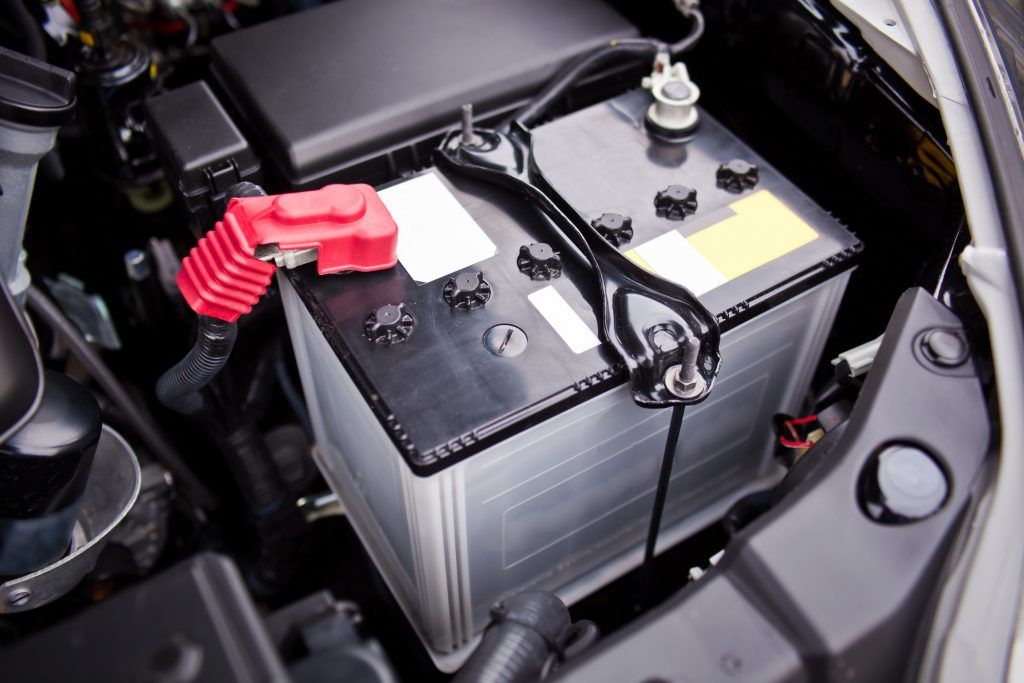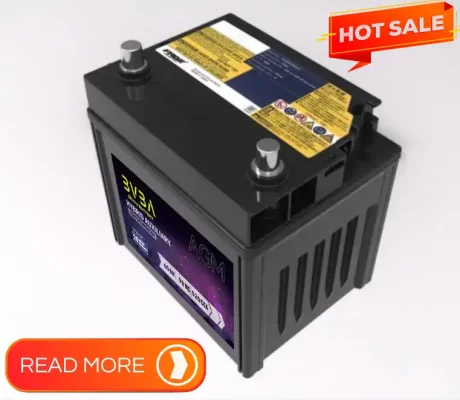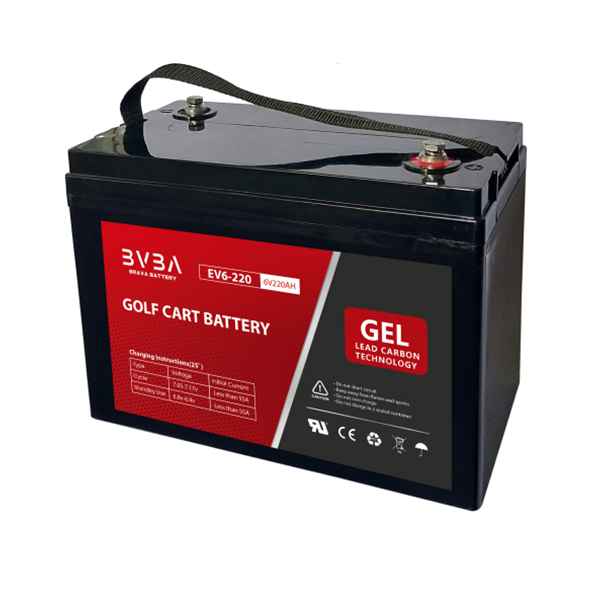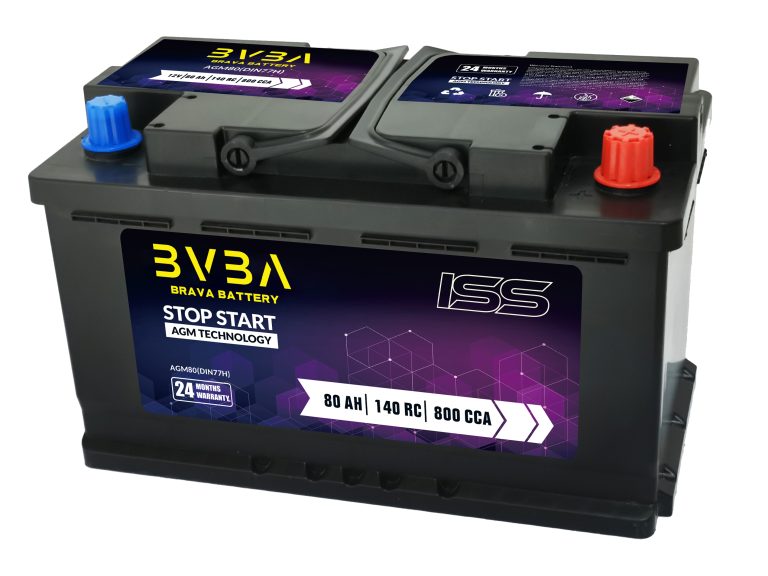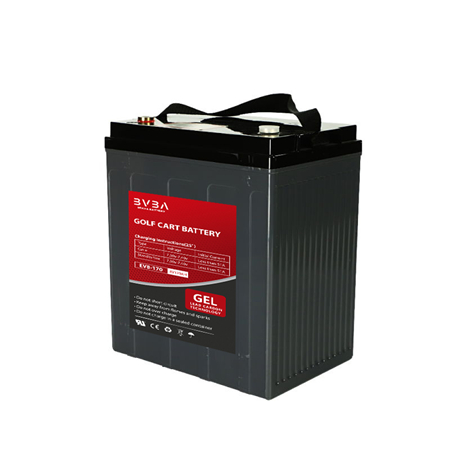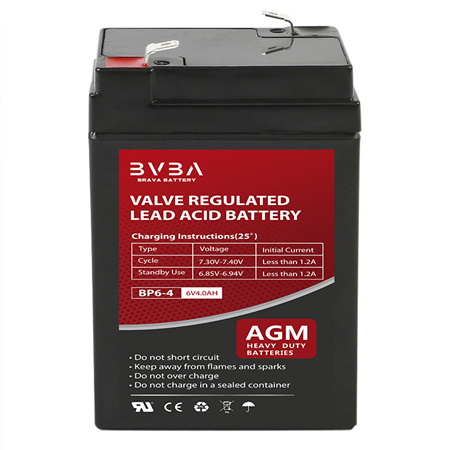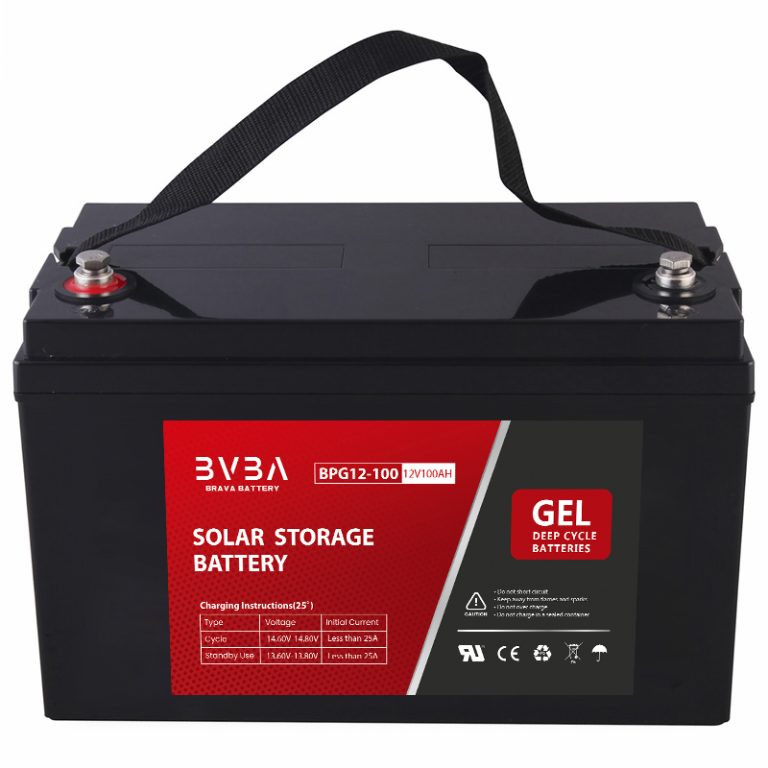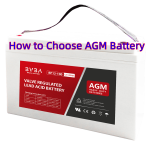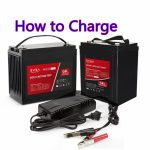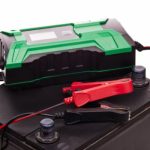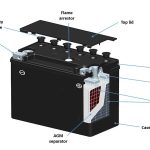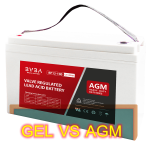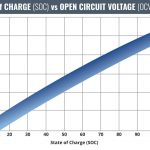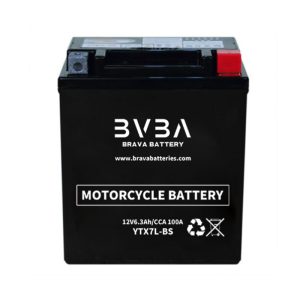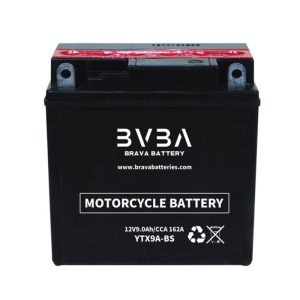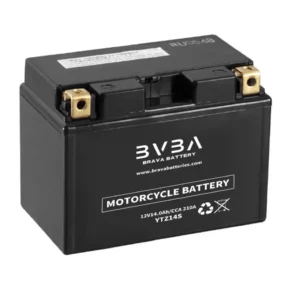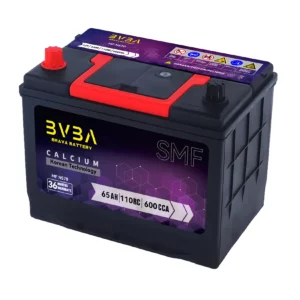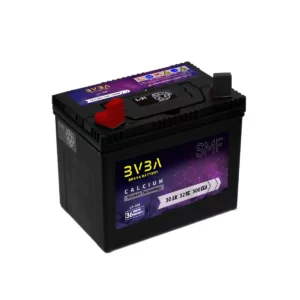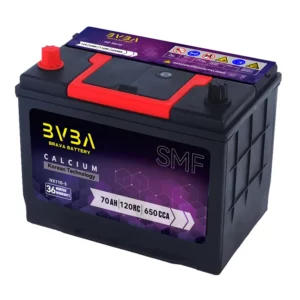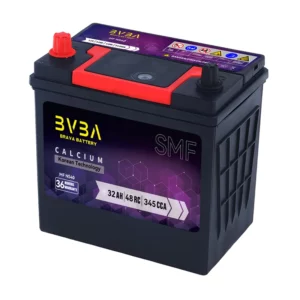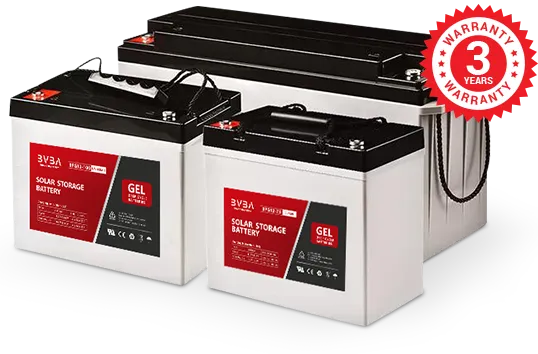What is the C Rate for AGM battery?
We can always see terms like 0.1C, 0.5C, 1C, C1, C10, C20 on some battery packages, labels, specifications, and manuals, then what do they mean?
Firstly, for 0.1C, 0.5C, 1C, and others with a number before the symbol C, we refer to the current. C refers to the value of the battery capacity.
For example, 12V100Ah battery, C is 100. “1C discharge” means 100A as discharge current. And just like that, 0.1C is 10A, 0.5C is 50A, which equals the number before C multiplied by the C value.
In the case of a number after the symbol C, we generally refer to the capacity.
For example, 12V100Ah C10, we mean that the capacity of this battery is 12V100Ah at 10 hours rate. It means this battery can support 0.1C (10A) current discharge for 10 hours constantly.
Especially for deep cycle AGM batteries, please note that the actual capacity will be different apparently at different hour rates.
Small batteries (below 24Ah) take C20 as the capacity standard, while large capacity batteries above 33Ah take C10 as the standard.
In some special industries and applications, because the operating current is really high, there are also cases that require a one-hour discharge or even a five-minute discharge, such as UPS, and some power tools.
In the present solar industry, the C100 standard is also very popular.
I don’t really understand why C100 is used. As in my understanding, the battery bank of solar system’s discharge cycle should be around 10 to 20 hours. If you are knowledgeable about this, please contact me, thank you!
C Rate of Deep Cycle AGM Battery
Just as mentioned above, we generally choose C10 as the capacity standard for large batteries. In our Deep Cycle AGM Battery, we also use C10 as the capacity standard. In the case where C is not mentioned, e.g. 12V100Ah battery, we refer to 12V100Ah C10.
The actual capacity of the battery changes with the hour rate.
The higher the hour rate, the higher the actual capacity. The lower the discharge current, the higher the actual capacity.
Low current is more suited to release the remaining energy inside the battery.
The following table shows the discharge specifications of our 12V100Ah battery.
We can see that at 10 hour rate, the discharge current is 10A and the end voltage is 1.80V/cell, i.e. 10.80V for 12V battery.
In the case of 20 hour rate, the discharge current is 5.36A, and the actual capacity of C20 is 107.2Ah.
At 5 hour rate, the current is 17.1A and the actual capacity is 85.5Ah C5.
If the manufacturer does not provide a specific discharge table, the actual capacity can be estimated approximately according to the following ratios (Only for reference, it can be different sometimes).
C120=1.29*C10
C100=1.25*C10
C20=1.08*C10
C5=0.86*C10
C1=0.65*C10
If you want to know more about our deep cycle AGM battery, please click the button below.
C Rate of Small VRLA Battery
SLA, VRLA, AGM, are actually the same type of battery, but described in different ways.
SLA is Sealed Lead Acid Battery, which is described in terms of sealed container. VRLA is Valve Regulated Lead Acid Battery, which is described in terms of its valve-regulated structure. And AGM is a battery that uses AGM as a separator.
The classic model of small battery 12V7Ah is used in many applications, such as UPS, such as small energy storage systems, such as security systems, such as mobile audios, etc. Its capacity standard is normally C20, which means that it can support 0.05C (0.35A) discharge for 20 hours.
The following table shows the discharge specification of our 12V7Ah battery, please check.
For special applications, such as UPS, we can see that the discharge current can reach 26.8A for 5 minutes. It means that it can support about 321.6W (12V*26.8A) of electrical appliances for 5 minutes.
Here we set the end voltage as low as 1.60V/cell because the battery voltage could be really low under high discharge current, and it will recover quickly once disconnected from the load.
This post describes in detail how the battery voltage performs differently under different conditions.
If you want to know more about our small VRLA battery, please click the button below.
C Rate of LiFePO4 Battery
As the new generation of energy storage battery, LiFePO4 battery has the features of much longer cycle life, much higher constant power, much better high-temperature performance, much more stable, and more eco-friendly (Cobalt Free).
In power applications, LFP batteries can be discharged at currents up to 3C, 5C.
In energy storage applications, a discharge current of 1C is sufficient for most cases.
In home solar applications, a current discharge of 0.2C to 0.3C is most common. For example, for a 5kWh home solar battery, the discharge power is usually between 1kw and 2kw.
In the case of air conditioners with higher power, a 10kWh home solar battery can support more than 5kW power.
If you want to know more about our deep cycle LiFePO4 battery, please click the button below.
Tag in this article: #Battery
Tips: more detail information, for acid battery。

